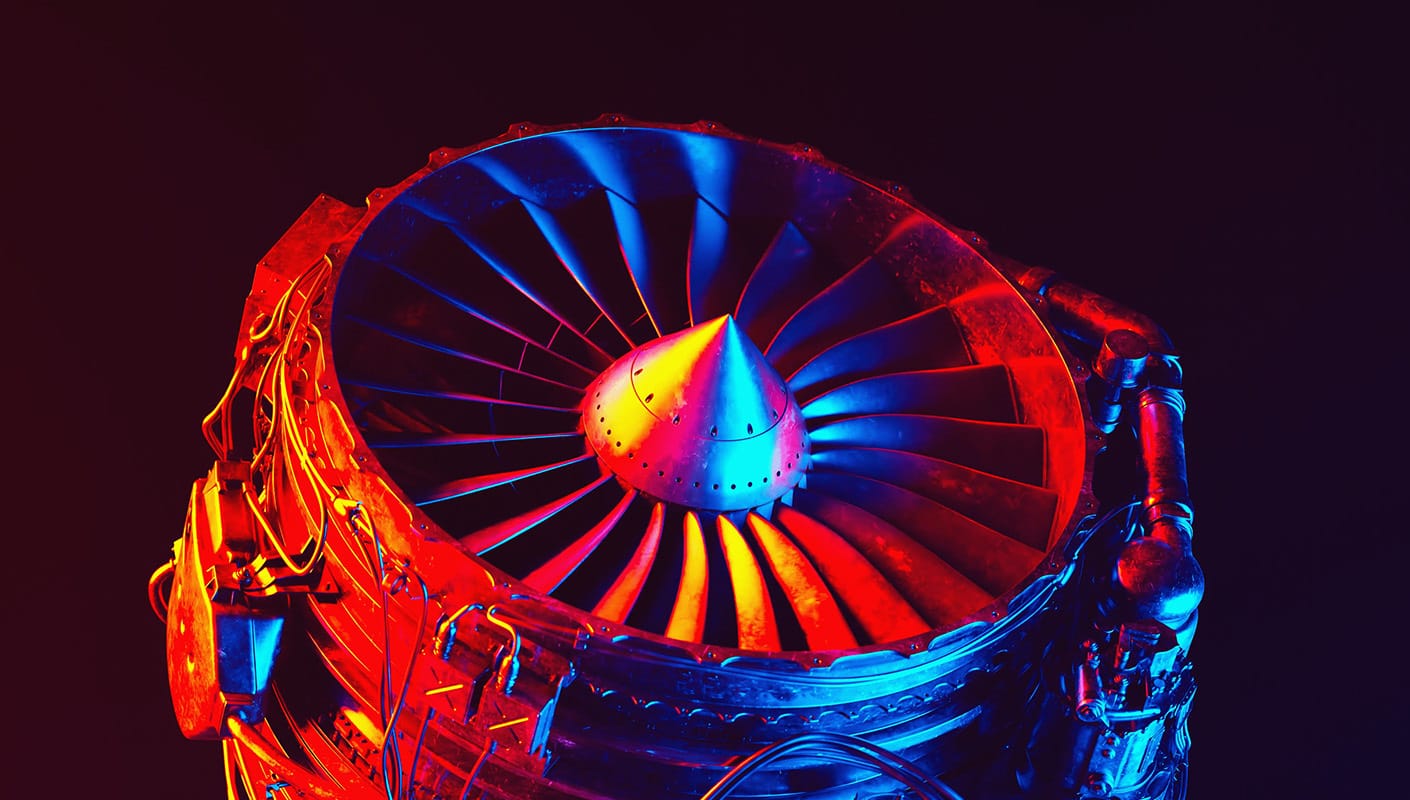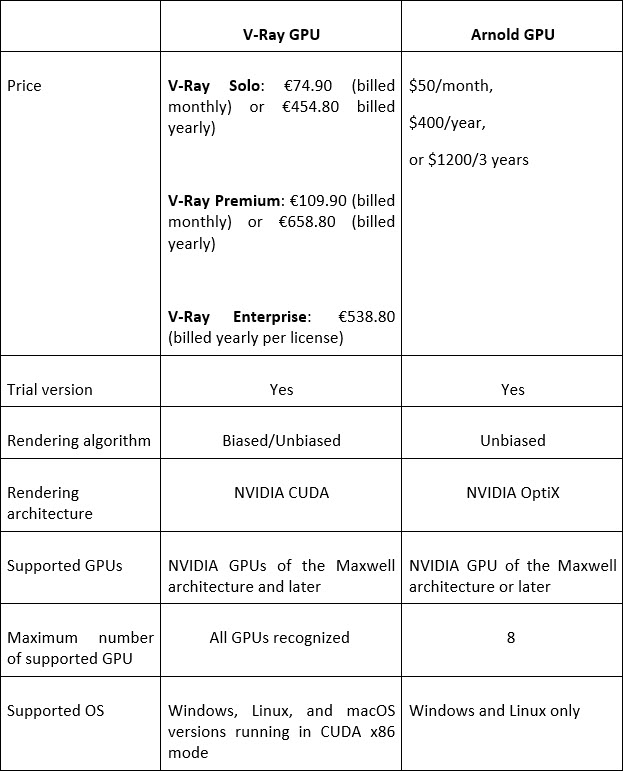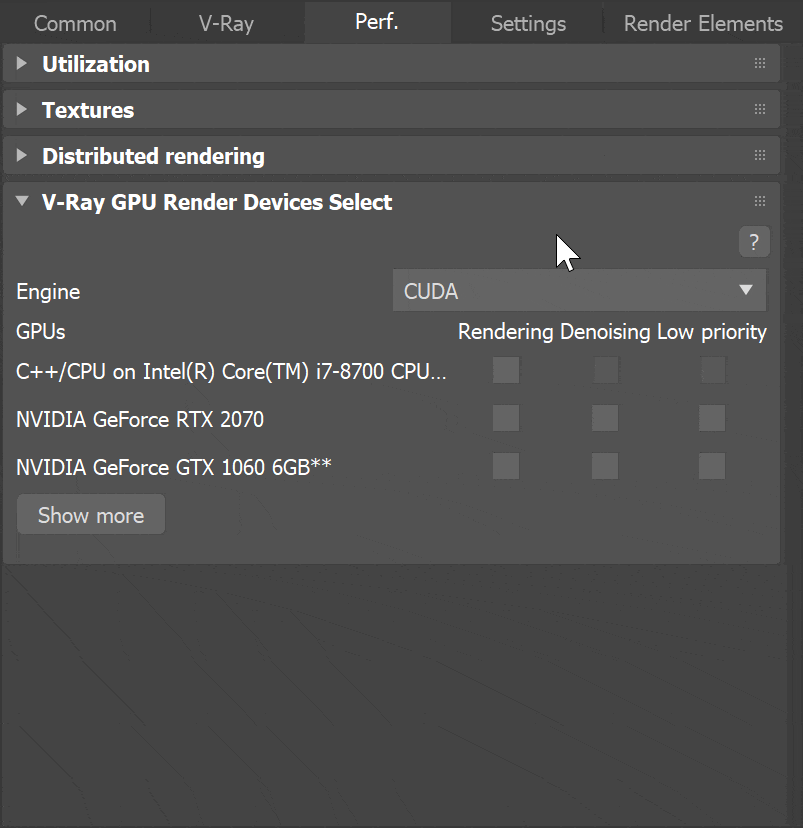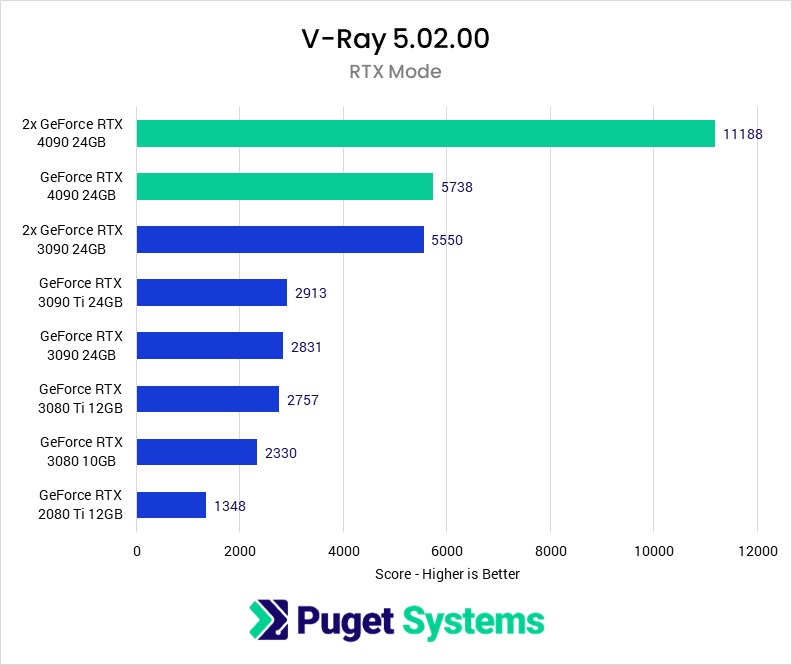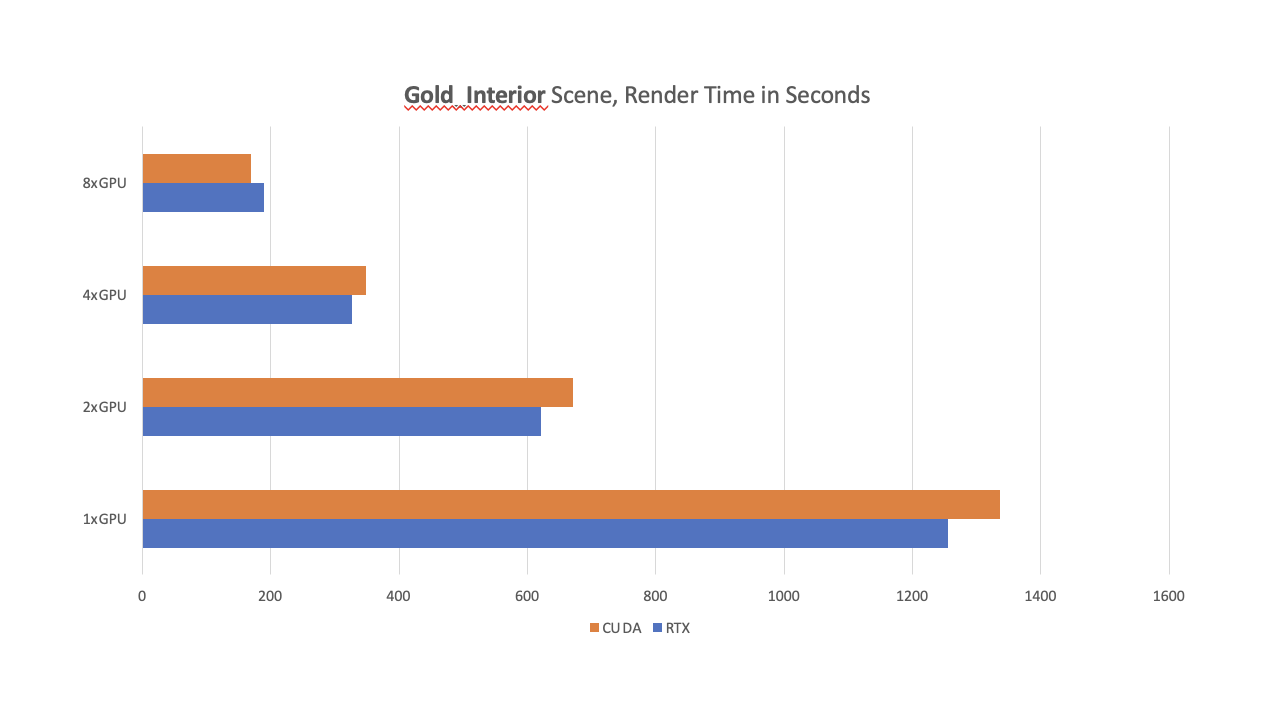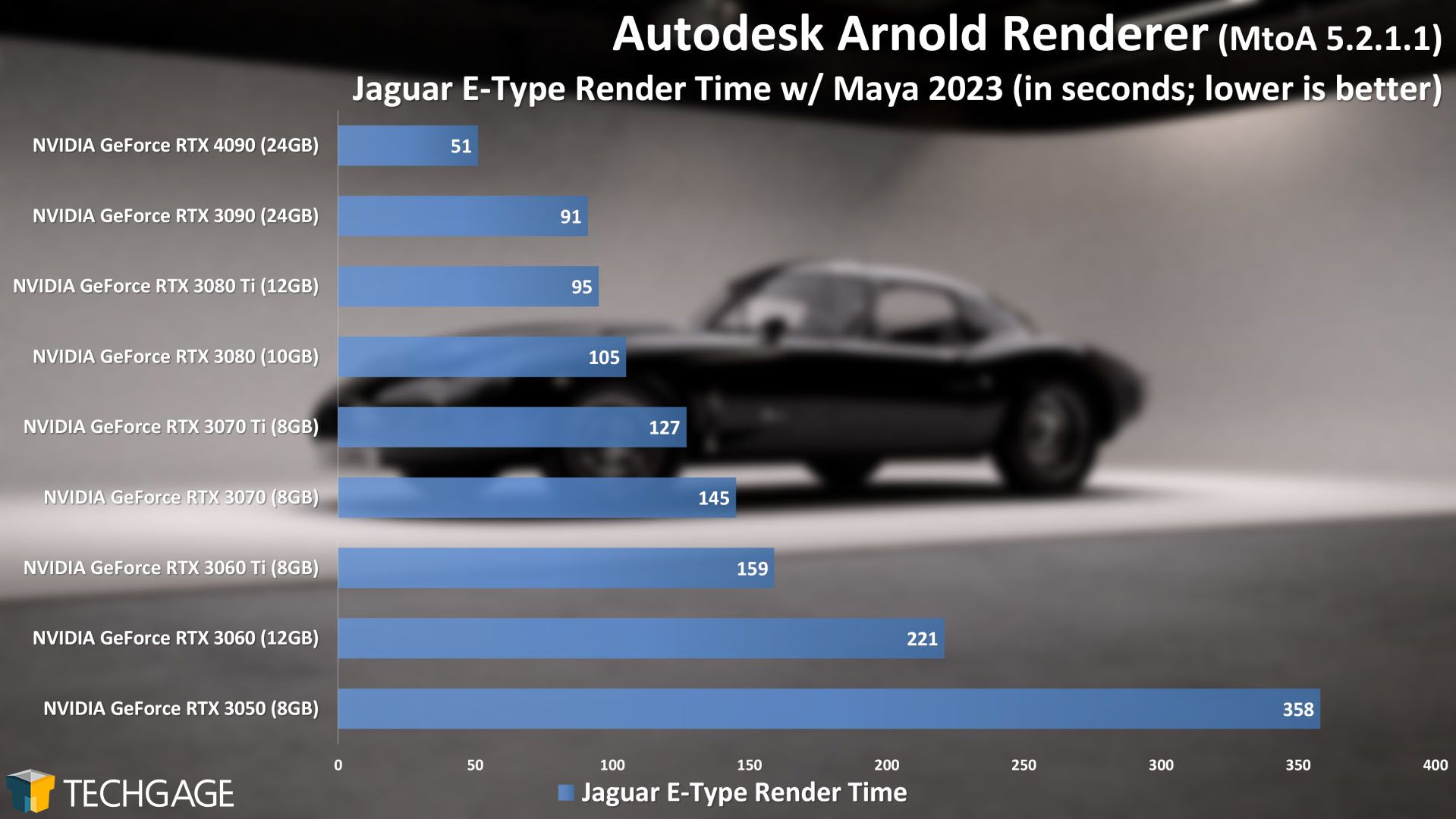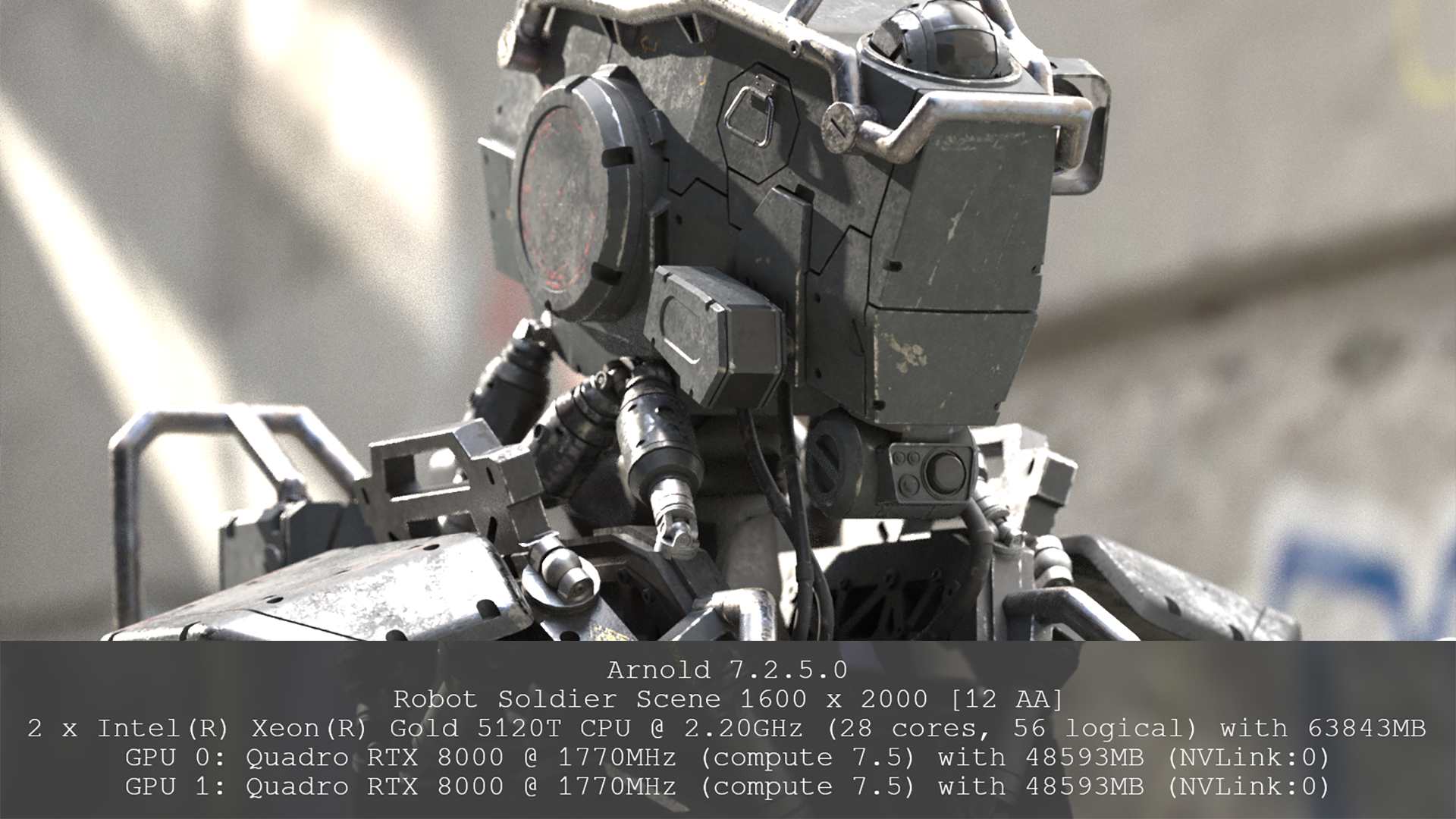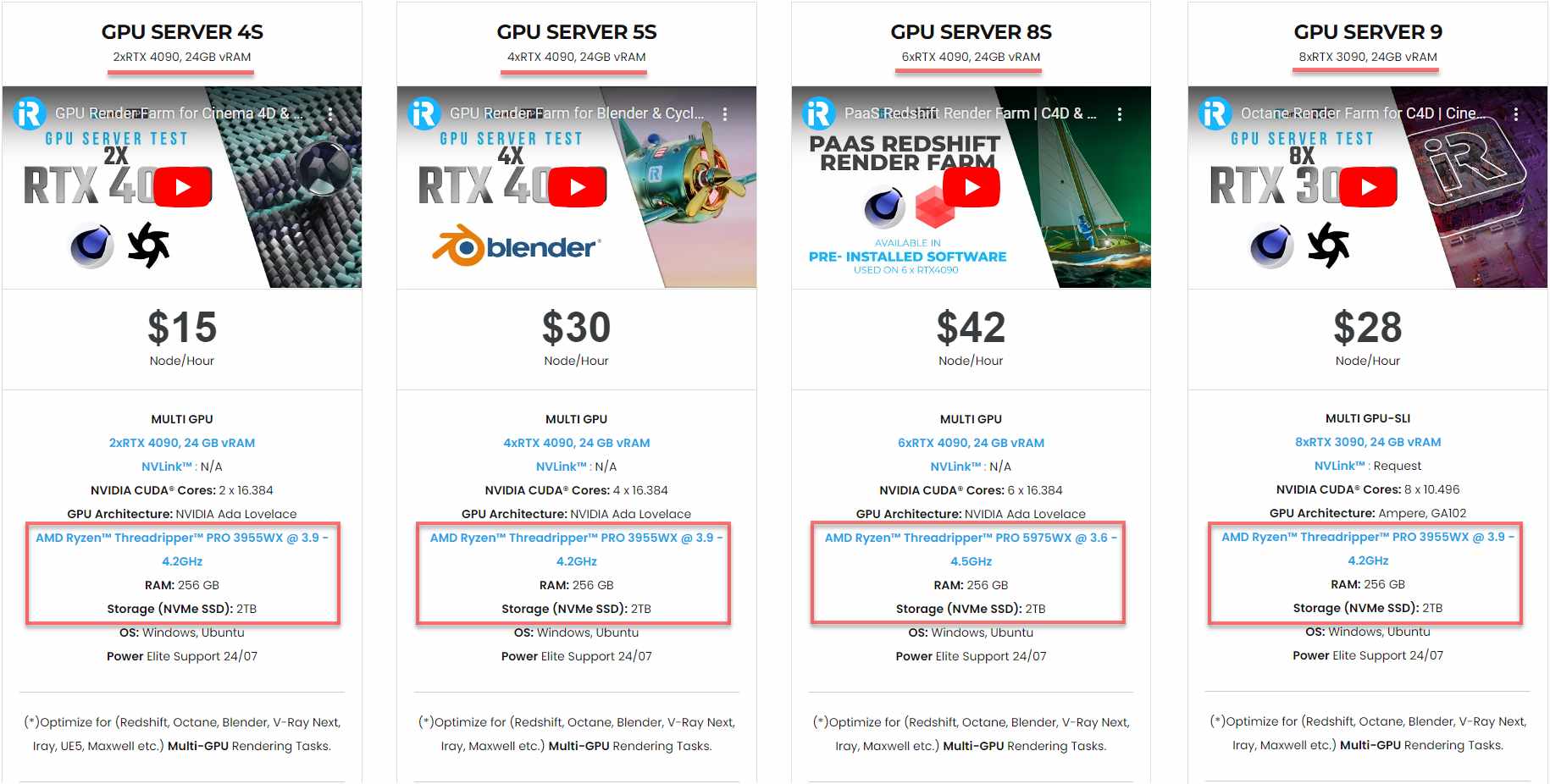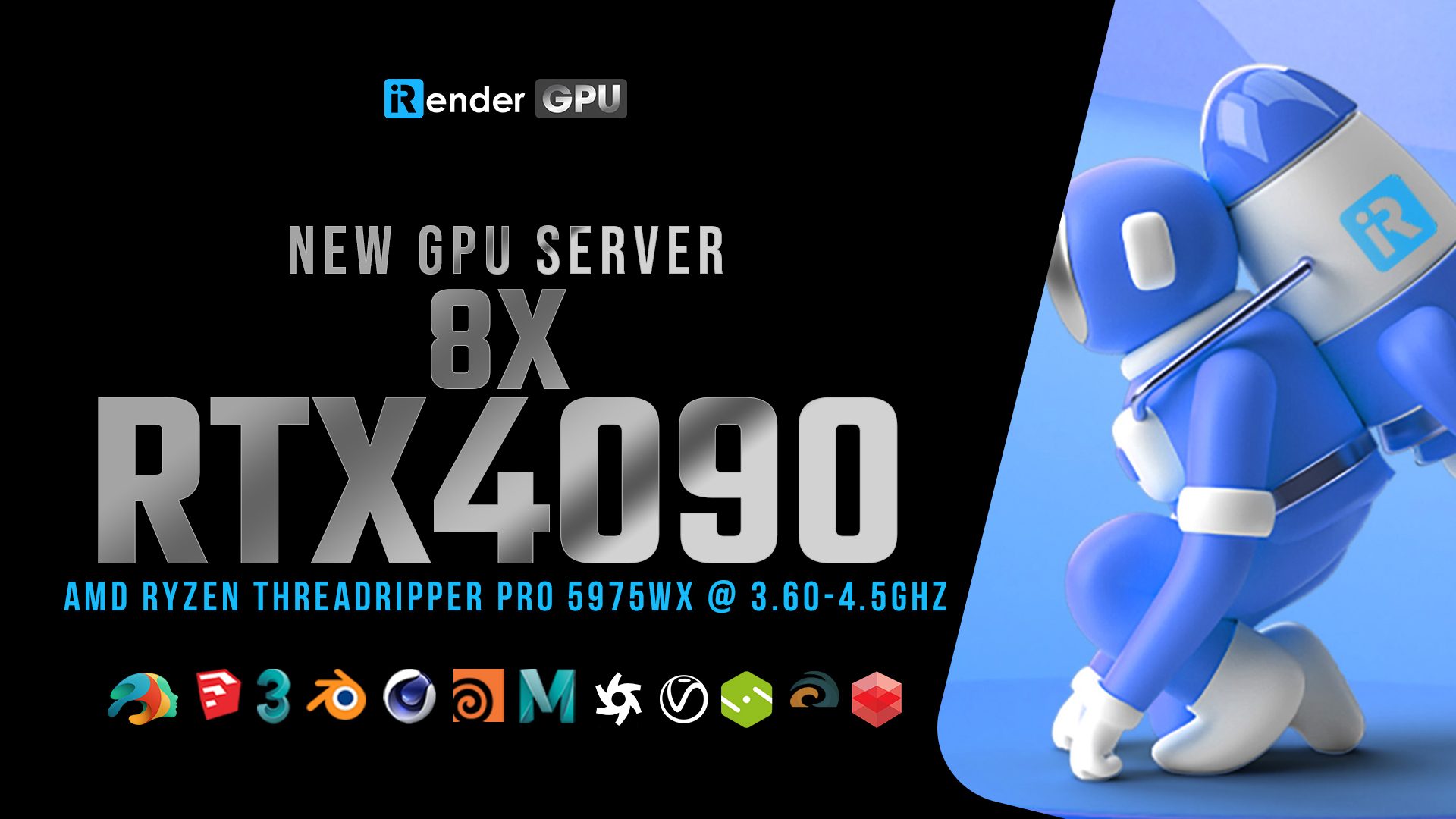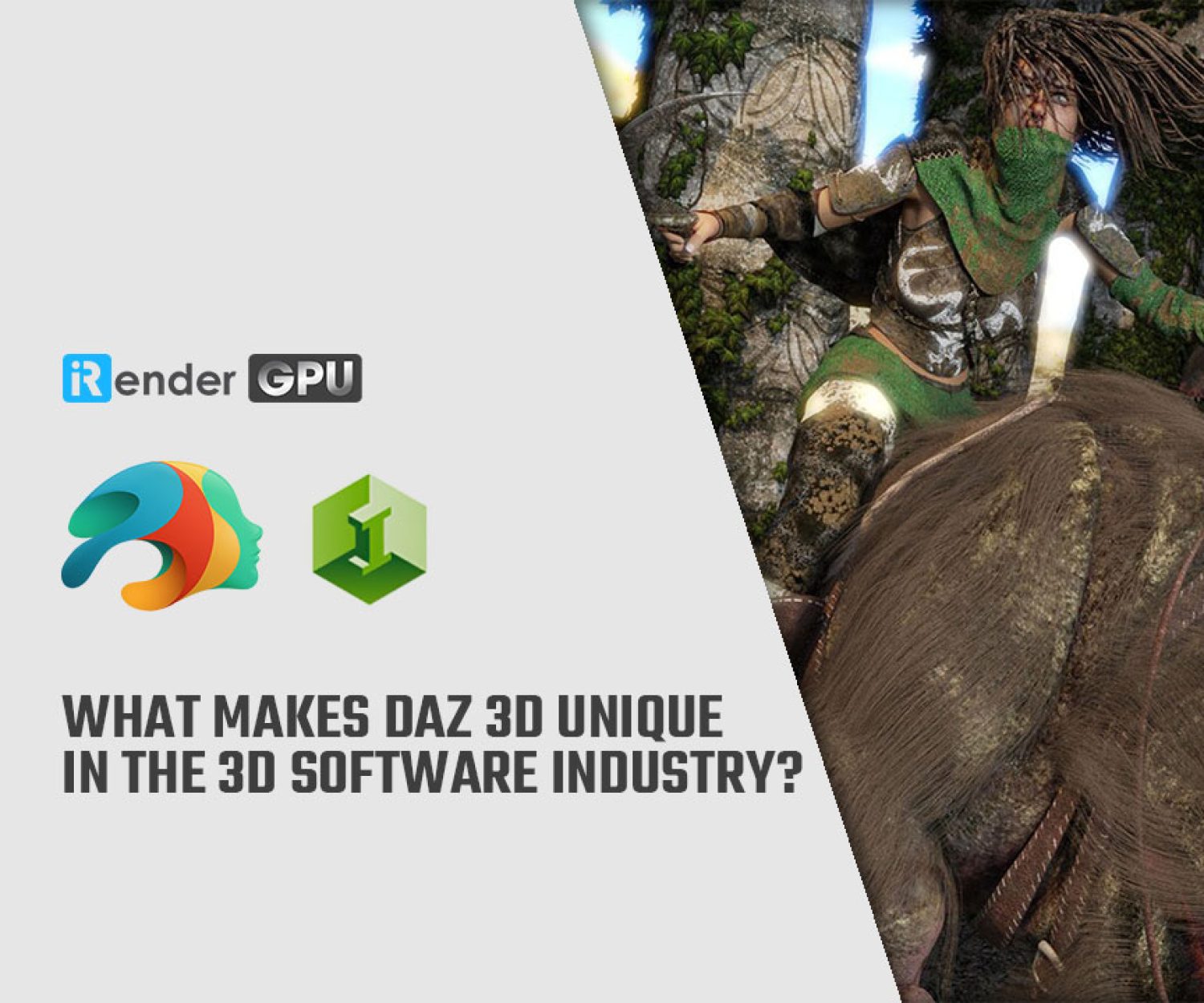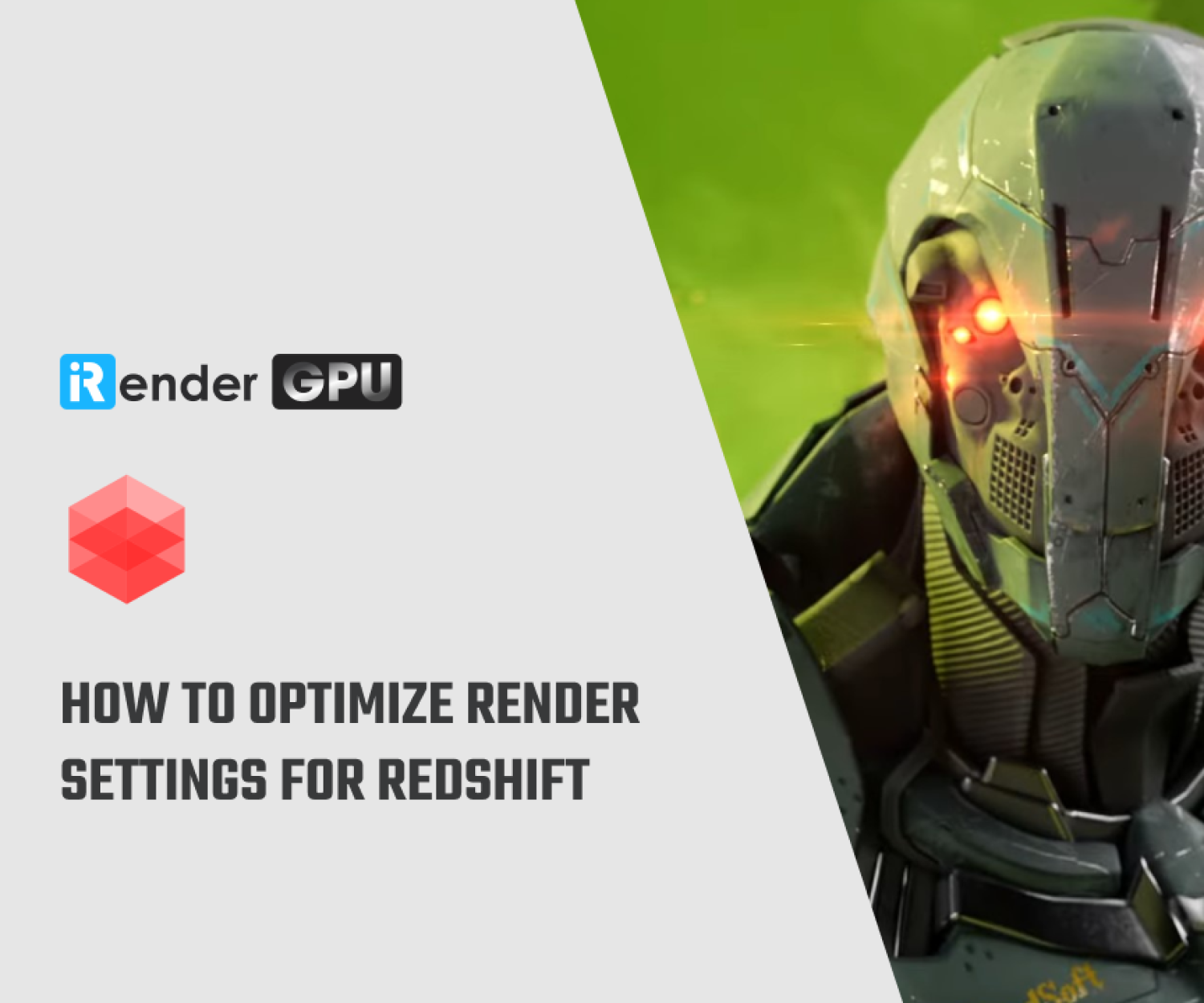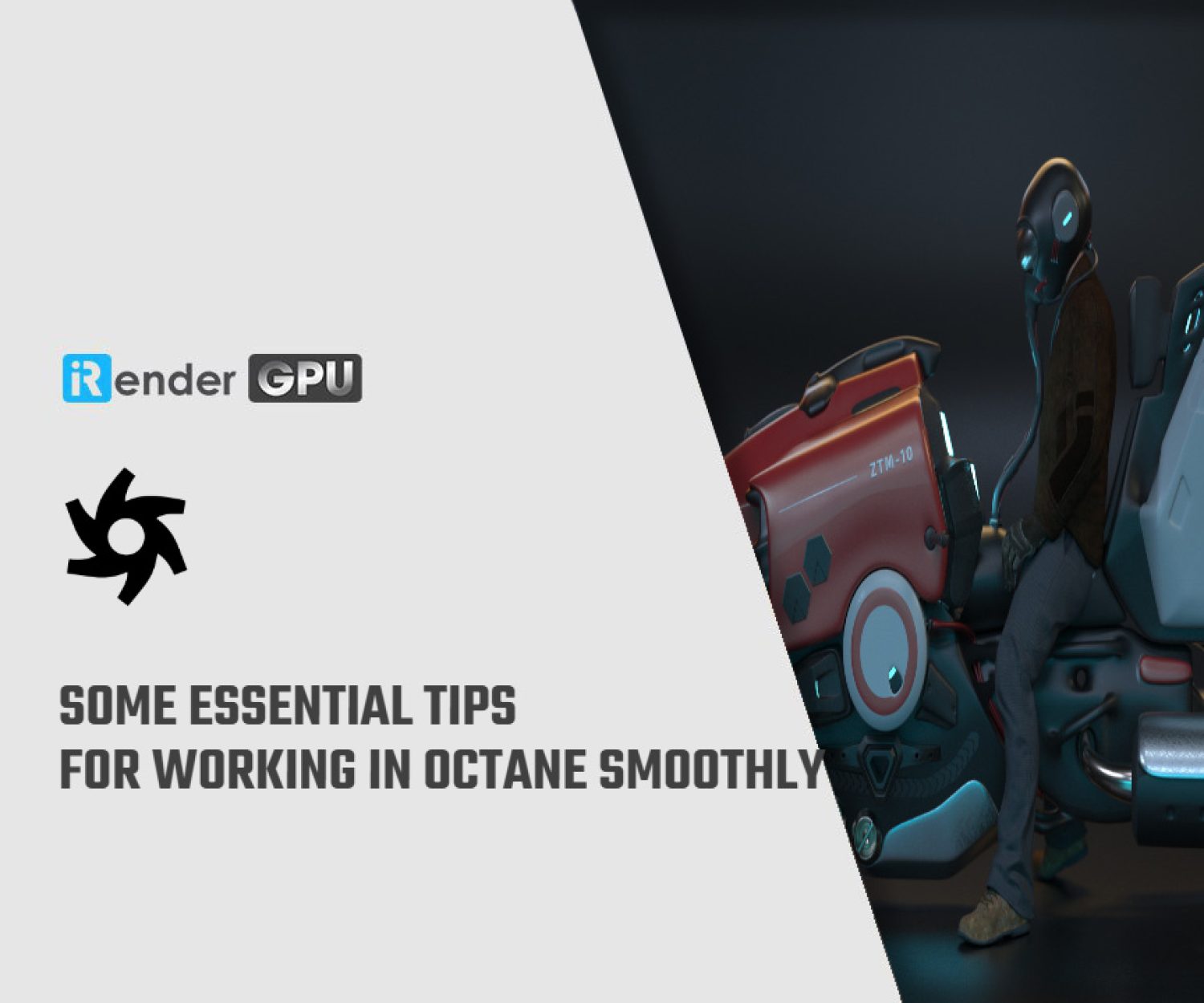V-Ray GPU vs Arnold GPU: A Comprehensive Comparison
Whether in VFX, Animation or Architectural Visualization, Arnold and V-Ray are two of the most widely used renderers on the market. Both V-Ray GPU and Arnold GPU harness the power of NVIDIA graphics cards to achieve photorealism faster than ever. However, they take different approaches under the hood. In this article, we will take a closer look at how V-Ray GPU vs Arnold GPU compare to each other.
Overview of V-Ray GPU and Arnold GPU
V-Ray GPU
According to Chaos, V-Ray GPU is the world’s most feature-rich GPU-accelerated production render engine.
V-Ray GPU is included with every V-Ray integration. It is designed from the ground up for V-Ray artists who want the fastest possible results from their hardware. Also, it can utilize GPUs and/or CPUs while maintaining perceptually identical results.
Image credit: Chaos
V-Ray GPU utilizes dedicated ray-tracing hardware that is available in the latest NVIDIA Ada Lovelace, Ampere, and Turing GPUs to accelerate rendering. With smart sampling and scene adaptivity, V-Ray GPU produces renders that are free of noise, making it easy for artists to focus on shading and lighting rather than optimizing scenes and sampling settings.
V-Ray GPU enhances interactive performance by utilizing all of your GPUs and/or CPUs — and delivers virtually identical results to the original image. It can use as many GPUs as your operating system detects.
Arnold GPU
Arnold is an advanced unbiased, physically-based, Monte Carlo path tracing render engine that helps deliver beautiful and predictable results.
Characters from The Addams Family rendered with Arnold (Image credit: Autodesk)
Arnold was originally a production-proven CPU render engine but was later pushed to a GPU one to deliver 1:1 results. The first version of Arnold GPU (Arnold GPU Beta) was released with Arnold 5.3 in March 2019 as the longest-awaited change to Arnold’s feature set.
Arnold GPU has undergone numerous updates since its release, with the most recent version being 7.3 launched in March 2024. Autodesk has revamped GPU rendering by extensively reworking a large part of the GPU renderer using OptiX 8, which is NVIDIA’s newest GPU ray tracing framework.
V-Ray GPU vs Arnold GPU: A comprehensive comparison
Compare and contrast V-Ray GPU and Arnold GPU
Similarities of V-Ray GPU and Arnold GPU:
-
- Rental-only
- Offer a trial version for 30 days
- Available for Windows and Linux
- Support multiple GPUs for rendering
- Use NVIDIA rendering architecture and support NVIDIA GPUs of the Maxwell architecture and later
V-Ray GPU vs Arnold GPU: Differences:
Arnold GPU is cheaper than V-Ray GPU.
-
- Node-locked V-Ray Solo subscriptions priced at €74.90/month or €454.80/year, floating V-Ray Premium subscriptions priced at €109.90/month or €658.80/year, and Enterprise V-Ray priced at €538.80/year.
- Arnold GPU subscription is $50/month, $400/year, or $1200/3 years.
V-Ray GPU is a biased or unbiased render engine, while Arnold is a solely unbiased one.
-
- V-Ray GPU uses biased raytracing (global illumination algorithms, including path tracing, photon mapping, and irradiance maps). It exposes all our settings, so it is technically possible to be unbiased.
- Arnold GPU is an unbiased path-tracer Monte-Carlo renderer that generates realistic, high-quality scenes with minimal tweaking. Because of the realism of its rendering algorithms, many studios adopted Arnold as their primary render engine. It is also well-known for being the top VFX and film production renderer used in many famous films and TV Series such as Alice in Wonderland, Thor, Captain America, X-Men, Guardians of the Galaxy, Star Wars and others.
Both render engines use NVIDIA rendering architecture, but V-Ray GPU uses CUDA while Arnold GPU uses Optix.
-
- V-Ray GPU is developed with NVIDIA CUDA. It delivers physically based final frame qualities and highly interactive rendering to support the real-time creative process. There are two modes when rendering V-Ray GPU with NVIDIA GPUs – CUDA or RTX modes. All compute cores are used in either CUDA or RTX mode, with RT cores exclusively being used in RTX mode. Although only RTX-class GPUs can utilize RTX mode, they can also fully utilize CUDA mode (and in doing so, the system’s CPU(s) can also be used as well).
-
- Arnold GPU uses Optix 6.0 from NVIDIA. In its 7.3 version, its Arnold GPU rendering is largely rewritten to use the new NVIDIA’s OptiX 8.
V-Ray GPU and Arnold GPU support multiple NVIDIA GPUs but differ in the maximum number.
-
- In V-Ray GPU, all GPUs recognized by the system are usable, although only 4 GPUs are officially supported.
- Arnold GPU supports up to 8 GPUs.
While Arnold GPU is only available for Windows and Linux, V-Ray GPU can also run on macOS.
-
- Arnold GPU is not available for macOS because it uses Optix 6.0 from NVIDIA. Unfortunately, there is no version of Optix 6.0 for macOS. Also, the driver versions Arnold GPU requires are not available for macOS as well.
- V-Ray GPU is only supported on currently shipping macOS versions when running in CUDA x86 mode. V-Ray GPU can still be used with CUDA render engine on macOS utilizing C++/CPU devices. This might be very helpful for executing Distributed Rendering between MacOS and Windows/Linux machines and rendering V-Ray GPU-ready projects.
V-Ray GPU vs Arnold GPU: GPU Rendering Performance
Firstly, V-Ray GPU:
V-Ray GPU is a separate render engine from V-Ray CPU. GPU rendering enables V-Ray to perform the raytracing calculations on the NVIDIA CUDA or RTX GPU(s) installed in the system, rather than the CPU. Because GPUs are specifically designed for massively parallel calculations, they can significantly speed up the rendering process by an order of magnitude.
V-Ray GPU scales very well with both GPU processing power and when adding multiple GPUs.
Typically, each new generation of NVIDIA GPU provides roughly double the performance of the predecessor. This trend holds true for V-Ray GPU as well. NVIDIA GeForce RTX 4090 is twice as fast as the RTX 3090. In fact, it is faster than dual RTX 3090s due to the imperfect nature of GPU scaling. Compared to older GPUs, the gains are even greater – the 4090 is approximately four times faster than an RTX 2080 Ti.
Image credit: Puget Systems
V-Ray GPU performance scales nearly linearly across multiple GPUs as shown in this scene from Chaos.
Image credit: Chaos
In the CUDA mode: scaling of 99.61% for 2 GPUs, 96.08% for 4 GPUs and 88.47% for 8 GPUs.
In the RTX mode: scaling of 101.13% for 2 GPUs, 96.26% for 4 GPUs and 92.35% for 8 GPUs.
Secondly, Arnold GPU:
Arnold GPU works on NVIDIA GPUs of the Ada, Ampere, Turing, Volta, Pascal, and Maxwell architectures. See the full list of supported GPUs here.
Following the trend, NVIDIA Geforce RTX 4090 continues nearly halving the render times of an RTX 3090 in Arnold.
Image credit: Techgage
Arnold GPU supports up to 8 GPUs on a single system. Using multiple GPUs will significantly improve performance. Starting from Arnold 7.2.5, a large part of the GPU renderer has been rewritten using NVIDIA’s new OptiX 8, allowing for better scaling on multiple GPUs.
The render time scaling with multiple GPUs has been improved, particularly in scenes with many AOVs. For example, when adding a second GPU, the following robot soldier scene with 9 AOVs goes from having just a 1.1x speedup in the previous version of Arnold to a 1.7x speedup in Arnold 7.2.5.
Image credit: Autodesk
Arnold GPU and V-Ray GPU stand out for their ability to utilize multiple GPUs, enabling great performance scalability on multi-GPU systems. Let’s optimize the full potential of this multi-GPU benefits with iRender!
Speed up V-Ray GPU and Arnold GPU rendering with iRender
iRender powers up your creativity with unlimited GPU rendering resources. Our GPU render farm houses the most powerful 3D rendering machines. Configure from 1 to 8 GPU with top-tier RTX 4090/RTX 3090, Threadripper Pro CPUs, 256GB RAM, and 2TB SSD storage – iRender’s machines can handle any 3D project demands.
Once renting our machines, you will own them as your personal workstations. Therefore, you can install and use any render engines, plugins, and/or other 3D software of all versions (even the newly released ones).
This May, we are happy to announce a new beast, GPU Server 9S, with 8x RTX 4090s, powered with a stronger CPU – AMD Ryzen™ Threadripper™ PRO 5975WX @ 3.6 – 4.5GHz. Don’t forget to give it a try and enjoy the next level of multi-GPU power.
We are also offering an attractive 100% Bonus Program for our new users making the first deposit within 24 hours of registration.
Enjoy our FREE TRIAL to try our RTX 4090 machines and boost your V-Ray and Arnold GPU rendering now!
For additional information, please do not hesitate to contact us at [email protected] or mobile: +84915875500.
iRender – Thank you & Happy Rendering!
Reference Source: chaos.com, autodesk.com, pugetsystems.com, techgage.com
Related Posts
The latest creative news from Cinema 4D Cloud Rendering , V-Ray Cloud Rendering , Redshift Cloud Rendering, Octane Cloud Rendering, 3D VFX Plugins & Cloud Rendering.

